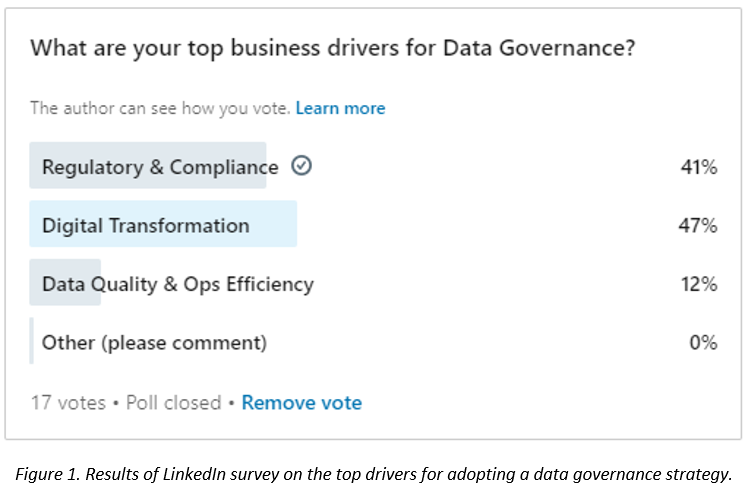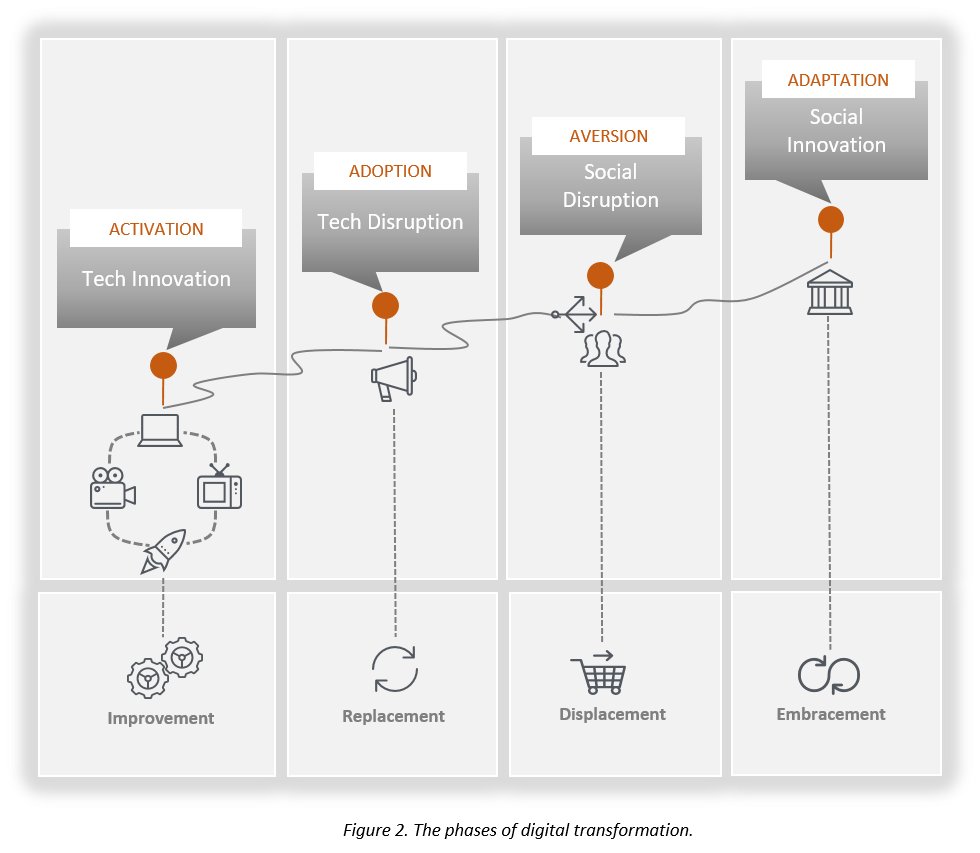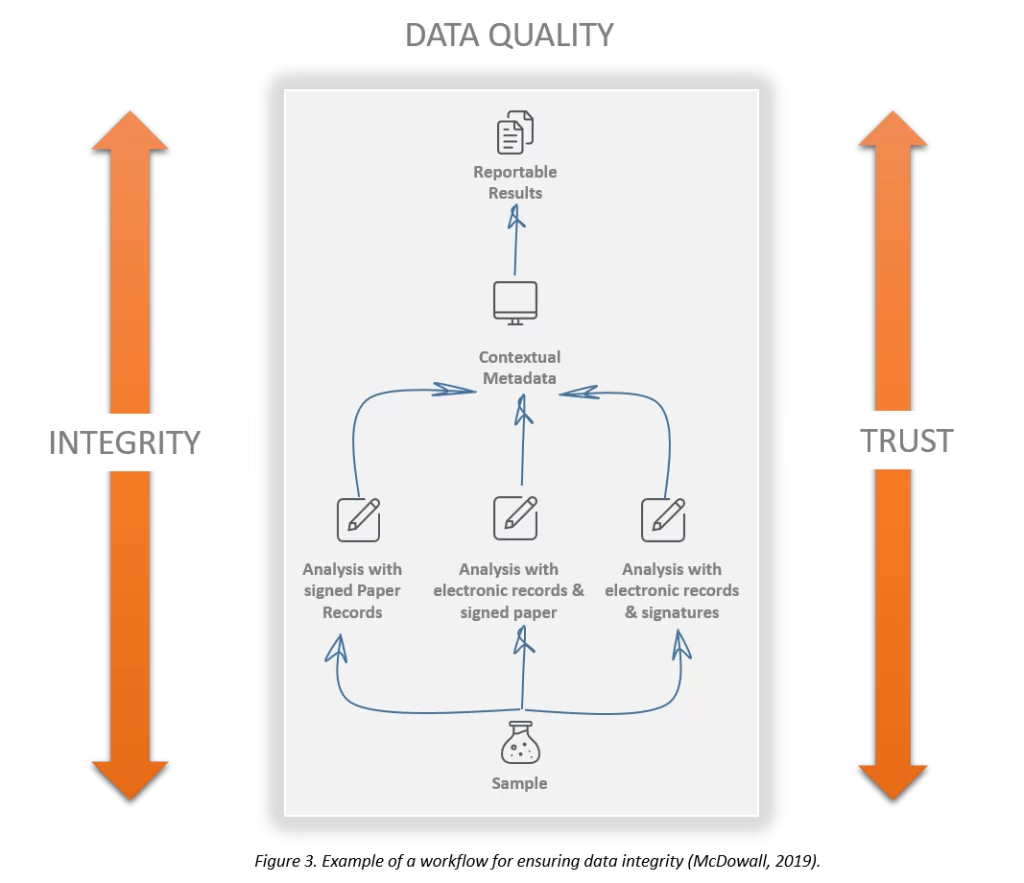It is evident that a robust data governance strategy directly impacts the success of a business. However, different organizations may have different motivations for the adoption of a governance framework. We conducted a LinkedIn survey to understand the top business drivers behind the adoption of data governance. The results, shown in Figure 1, reveal three key areas organizations hope to improve.

Digital transformation – referring to the use of technology to solve problems that were previously tackled manually – is the top driver, with 47% of the votes. This makes perfect sense since increased automation significantly raises productivity. Regulatory compliance – that is, ensuring the business abides by industry guidelines and legislation – comes in second place, with 41% of the votes. That is a crucial component in the running of a business, so naturally, it is also a popular driver for data governance. Interestingly, data quality and operational efficiency – referring to the procedures related to structuring and managing data – comes in third place, with 12% of the votes. While not as obviously pressing, these practices are crucial for laying the foundations that allow us to leverage value from data.
As we can see, the results hint at a variety of mindsets regarding data governance. While the majority of participants were focused on the more immediate concerns of governance, a minority also sees the longer-term value of adopting a robust data governance strategy. Leaders of a data governance initiative typically fall under one the following categories: beginners, who are skeptical of the business value of digital technology but wish to experiment nonetheless; fashionistas, who implement advanced digital features in individual silos but lack an overarching vision; conservatives, who have an underdeveloped global outlook, and as a result are unable to act; digital masters, who possess a strong digital vision, data-centric culture, and the know-how to execute a data governance plan.
In the following sections, we will discuss the survey’s top-three business drivers from the perspective of different types of leaders. This illustrates the various understandings and potential pitfalls in our data governance journey.
Digital transformation
According to the survey, data governance is seen as a catalyst for digital transformation. While this is a common notion, different types of leaders see the process through very different lenses. In particular, their understanding of the role of company employees in the transformation process varies quite significantly. Conservatives, for instance, may overlook the need to upskill employees. That is a costly mistake since technological innovation is disruptive and thus may result in a workforce that lacks the skillset needed for navigating this new environment. Digital masters, on the other hand, understand that innovation happens in phases (as shown in Figure 2) and that it is only complete once the workforce truly embraces the new technologies.

Another key difference is in how leaders regard the adoption of new technologies for data governance. Given the array of possibilities, which include data catalogs, data lineage, knowledge graphs, ontologies, semantics, and data virtualization, it is no wonder they make choices that may turn out to be missteps. Fashionistas, for example, may commit to too many technologies at once, which ends up hampering the overall digitalization effort. Beginners, on the other hand, maybe so overwhelmed that they abandon the process altogether. The secret is to adopt tools that provide strategic value, such as Accurids, LeapAnalysis, and ZONTAL. These will help your organization move towards a fully governed state while supporting the development of a truly data-centric culture.
Regulatory compliance
The survey highlighted the key role of data governance in ensuring regulatory compliance, which is a concern spanning across many industries. For instance, in the life sciences industry, it is necessary to maintain records that abide by ALCOA standards, meaning that the data is structured in a way that ensures integrity. Specifically, the data should be attributable to a source, legible, contemporaneous (i.e. it should be mapped to a specific date and time), and accurate. Different types of leaders may focus on distinct aspects of compliance. Conservatives, for example, tend to focus on ticking the regulatory boxes without appreciating the actual benefits of standardization. Digital masters, conversely, understand that the regulations encourage the adoption of a process that ultimately serves the organization’s best interests. When adopting a data governance framework to ensure regulatory compliance, it is crucial to have an experienced guide – such as OSTHUS – to help implement measures that meet standards but that are also beneficial in practice.
Data quality and operational efficiency
Finally, the survey also indicated that businesses are thinking long-term about data quality and the efficiency of operations. Whereas beginners may not immediately see the benefits of focusing on the nuts and bolts, other types of leaders value the strategic advantages that come from fine-tuning the fundamentals. Still, there is the risk of immersing oneself in the details and losing sight of what really matters. For instance, fashionistas could overly focus on designing the perfect digital workflow for ensuring data integrity, meanwhile overlooking the human aspect. As shown in Figure 3, the best way to ensure integrity (in this example, in the context of a pharmaceutical research lab) is to combine digital analysis with the human inspection. The tools provide valuable insights, but people ensure that they are sound. Thus, a core aspect of data quality and operational efficiency is the use of data governance mechanisms that center on accountability.

Summary
Our survey has shown that a variety of drivers exist for implementing data governance solutions. It also suggested the existence of different mentalities among the leaders who drive these governance efforts. A deeper analysis of the top-three business drivers reveals that certain mindsets may inadvertently cause problems when adopting a governance framework. To overcome this, it is essential to have a trusted guide like OSTHUS. We can help you resolve any issues that may manifest in your data governance journey.
For more details, please book an early appointment with our data governance experts at OSTHUS.
References
- McDowall, R.D - Data integrity and data governance_ practical implementation in regulated laboratories-Royal Society of Chemistry (2019)
- Babu George, Justin Paul - Digital Transformation in Business and Society_ Theory and Cases-Springer International Publishing_Palgrave Macmillan (2020)




